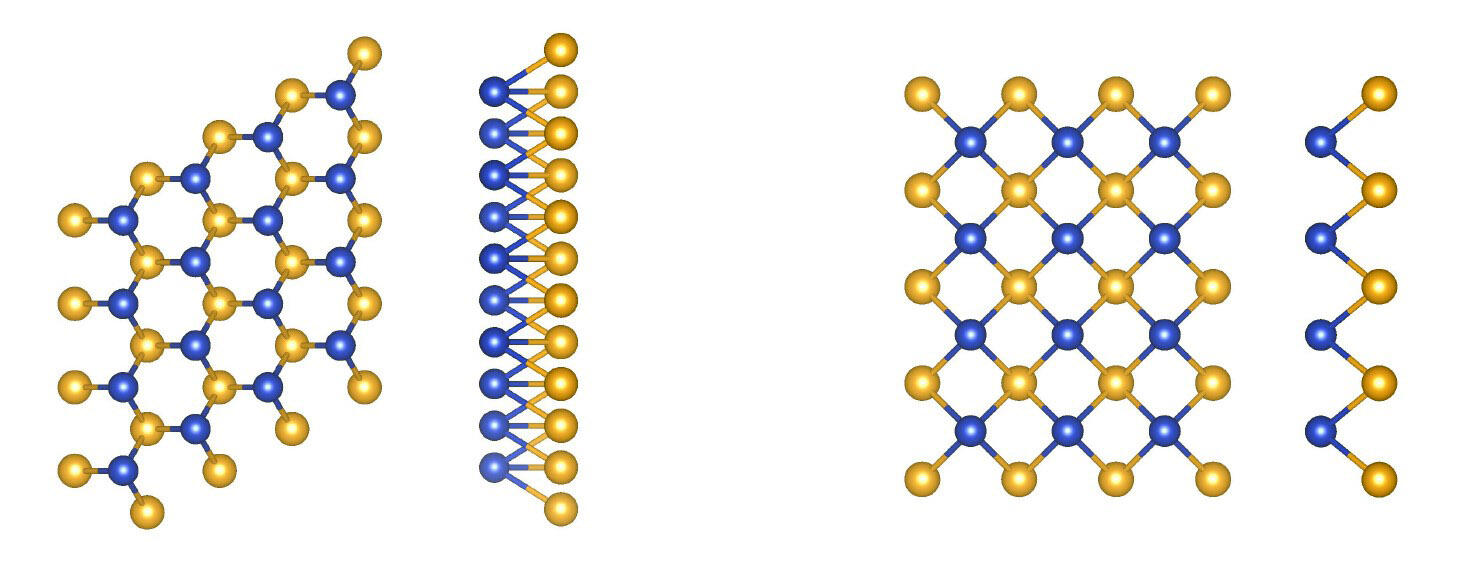Assistant Professor Shota Ono and Ms. Honoka Satomi of the Applied Physics Course, Faculty of Engineering, Gifu University, comprehensively studied the stability of 2,000 or more varieties of atomic layer alloys by means of a high-throughput computational technique that employed supercomputers. In doing so, as a result of carrying out analysis that focused on crystalline structures, they predicted that 41 varieties of new atomic layer alloys exist stably.

Credit: Gifu University.
When two suitable metallic elements from the periodic table are mixed, a "binary alloy" is formed. In 2020 it was reported that an extremely thin "atomic layer alloy" had been experimentally synthesized by layering a single atomic layer of copper (Cu) and gold (Au), respectively. This raised the question of whether atomic layer alloys other than CuAu exist. However, until now it had proven difficult to carry out such calculations due to the vast number of candidate materials.
The research group employed the System B and C supercomputers at the Institute for Solid State Physics (ISSP), the University of Tokyo, and Nagoya University's Furo supercomputer to comprehensively calculate the energies of a total of 5,405 binary alloys. In particular, the group considered 1,081 alloys that combined 46 varieties of metallic elements. As a result of analyzing factors such as the energies and lattice vibrations of the alloys, they were able to predict that 41 varieties of alloys exist stably as "distorted honeycomb structures."
Ono says that "We found that the atomic layer is stable particularly in cases where the atomic layer alloy resembles the structure of alloys in three-dimensional space. This outcome will advance the construction of a theory for predicting stable structures for various atomic layer alloys."
■High-throughput computation: A method for gathering large volumes of computational data by utilizing several computers. Using the density functional theory found in quantum mechanics, it is possible to predict the electron state and force exerted on the atoms of a material using information on atom positions and atom types alone. Accompanying improvements in computers' capabilities, the calculation time needed to make physical property predictions for each material has shortened. As a result, it has become possible to efficiently undertake physical property predictions for vast numbers of materials by using several computers (including supercomputers) to carry out large volumes of computation jobs.
This article has been translated by JST with permission from The Science News Ltd.(https://sci-news.co.jp/). Unauthorized reproduction of the article and photographs is prohibited.




